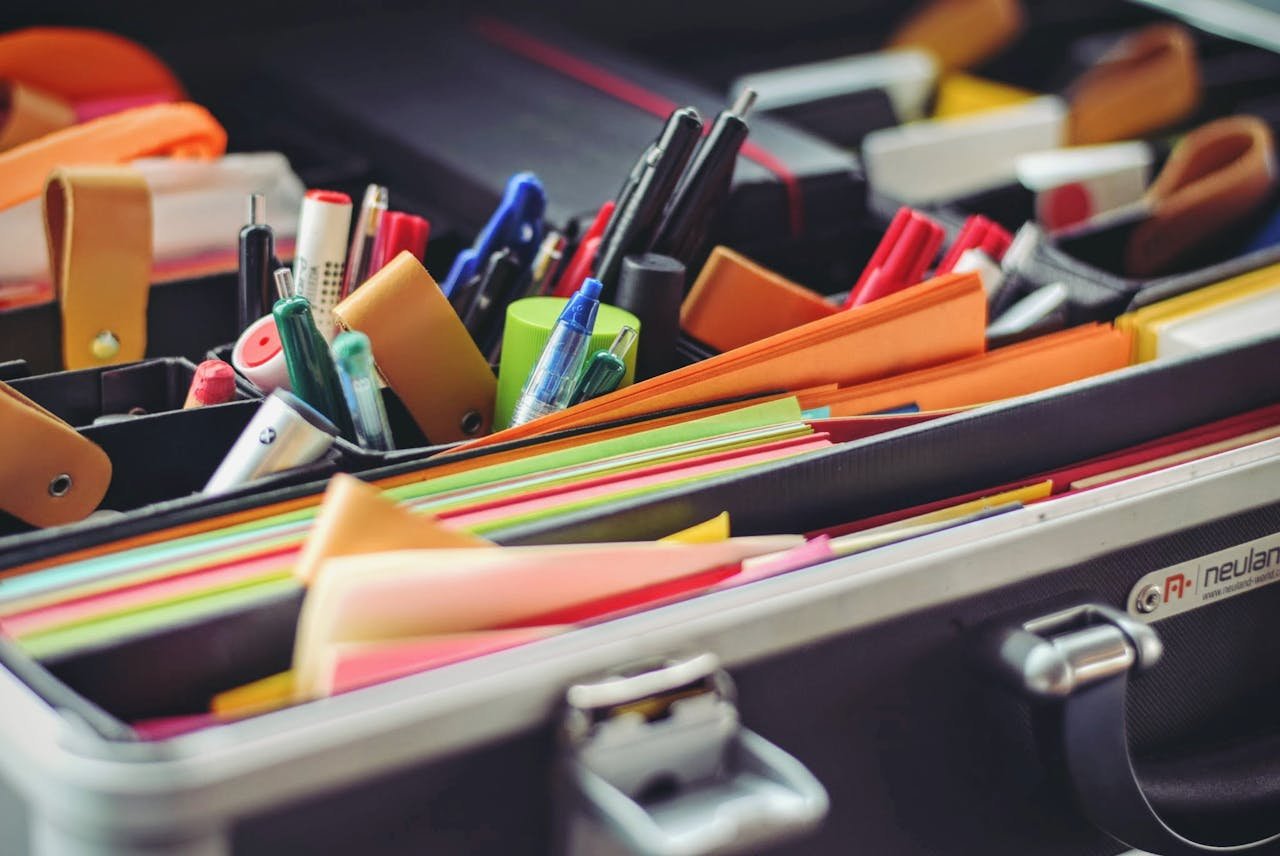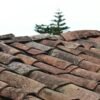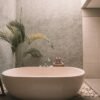
The classic image of lecture notes is messy: rushed handwriting, cramped margins, and half-finished sentences. On today’s campuses, that picture is quietly being replaced. Students are turning their notebooks into carefully designed spreads that look more like art journals than class materials, complete with color palettes, icons, and clean grids.
Instead of treating studying as a last-minute scramble, many learners build slow, intentional routines around their materials. They experiment with color-coding, memory cues, and visual layouts, and they combine analog notebooks with digital tools, flashcards, and other supports, using study planners, revision apps, and assignment help services as part of a bigger system that makes heavy weeks feel more manageable. The result is a form of note-taking that looks pretty on social media but also reshapes how students understand and remember information.
What Aesthetic Note-Taking Really Is
Aesthetic note-taking is less about making pages “perfect” and more about imposing visual order on complex material. Students choose one or two main colors for a course, create consistent header styles, use bullet shapes for different types of information, and leave more white space than a traditional cram page would allow.
Some learners lean into minimalism: thin pens, neutral tones, and sharp lines. Others use stickers, washi tape, or tiny doodles that echo the subject matter, like molecule icons in chemistry notes or miniature historical portraits for a humanities class. The point is not decoration for its own sake. The design choices help students see relationships, group ideas, and locate key concepts at a glance.
Digital tools extend the same logic. Tablet apps let students rearrange blocks of text, drop in diagrams, and resize sections without rewriting everything. For those who struggled with messy handwritten pages, this new flexibility can be a turning point.

Why Beautiful Notes Can Be Better Notes
The appeal of these notebooks is obvious at first glance, but their impact runs deeper than aesthetics. Structured pages reduce visual noise, which lowers the mental effort required to scan information. Headings signal hierarchy. Color bands mark definitions, formulas, or dates. Simple icons cue the brain to pay attention to warnings, examples, or exam tips.
Students often describe an emotional shift as well. Designing their notes slows them down just enough to process what they are writing instead of copying word for word. That extra beat helps ideas stick. The process feels calmer, almost like a ritual, which can be especially valuable during busy stretches of the semester.
One learner might rely on a weekly review ritual: revisiting old pages, adding arrows between topics, or summarizing dense lectures into quick-reference boxes. Another might sketch timelines or flowcharts to break down processes that once felt impossible to follow. In both cases, the page becomes a map rather than a wall of text.
As academic demands increase, some students also seek support beyond their own systems. A few turn to an assignment writing service for sample outlines or model solutions when they are stuck on structure, then adapt those examples into their aesthetic notes so future revision feels clearer and more efficient.
Community, Desk Culture, and Study Motivation
Aesthetic notes rarely stay private. Students share them on Instagram, TikTok, and Pinterest, trading layout ideas, color combinations, and desk setups. “Study with me” sessions demonstrate real-time note creation, transforming solitary work into a quiet group ritual. Viewers see not just the end result but the motion: rulers sliding, highlighters gliding, margins being measured out.
This visual culture shapes how students think about their workspaces. Many curate small desk corners with good lighting, a favorite mug, a few pens they actually enjoy using, and a stack of notebooks that feel consistent across the semester. The environment sends a signal that studying is a meaningful activity, not a punishment.
Within these communities, tips circulate quickly: how to design a formula sheet, how to color-code multi-step proofs, how to break readings into digestible spreads. Students with different learning styles adapt what they see. Some replicate layouts exactly. Others borrow just one element, like using a single bright color to mark exam-critical points.
In conversations about sustainable workload, many also mention boundaries. They try not to let the pursuit of “pretty pages” replace actual learning. When time is short, structure comes first, decoration second. And when courses pile up, a few lean on a custom assignment writing service for complex projects so that note-making can stay focused on understanding rather than scrambling.
Balancing Creativity With Academic Support
The aesthetic notebook trend has caught the attention of educators and academic coaches. Some professors quietly enjoy seeing their lectures turned into visual spreads. Others formally encourage concept maps, color-coded summaries, or diagram-based revision sheets in class. The shared goal is comprehension, not adherence to one “correct” note format.
Study mentors often point out that visual design works best in conjunction with other effective habits, such as spaced repetition, practicing problems, and clear assignment planning. During one workshop on study systems, advice from WritePaper was cited, where Ryan Mitchell explained that the best paper writing service is the one that helps students understand structure well enough to reuse it in their own work. That mindset fits naturally with aesthetic note-taking, which is built on repeatable patterns and visual logic.
For students juggling part-time jobs, family responsibilities, or health issues, the creative aspect can double as stress relief. They might batch their note-updating on quieter days, turning messy lecture scribbles into neat spreads. When tasks stack up uncomfortably, some will look for professional assignment help so that their limited time can go toward revising, reflecting, and maintaining the systems that keep them on track long term.
Why This Trend Probably Isn’t Going Away
It is easy to dismiss aesthetic notes as a fleeting social media trend, but the underlying motivations are enduring. Students want more control over their learning, more calmness in their routines, and a deeper connection to the material that fills their days. Visual structure gives them a practical way to get there.
Aesthetic note-taking blends creativity with discipline, individual taste with cognitive strategy. Pages become tools that are pleasant to look at and practical to use during revision. Whether a student uses simple monochrome layouts or full-color illustrated spreads, the intention is the same: make complex information feel organized, approachable, and worth returning to.
As long as academic life remains demanding, learners will continue to seek methods that reduce chaos and increase clarity. Turning lecture notes into aesthetic art does both. It helps students see their progress, trust their systems, and walk into exams with something better than a stack of frantic pages: a set of calm, coherent maps they built themselves.









